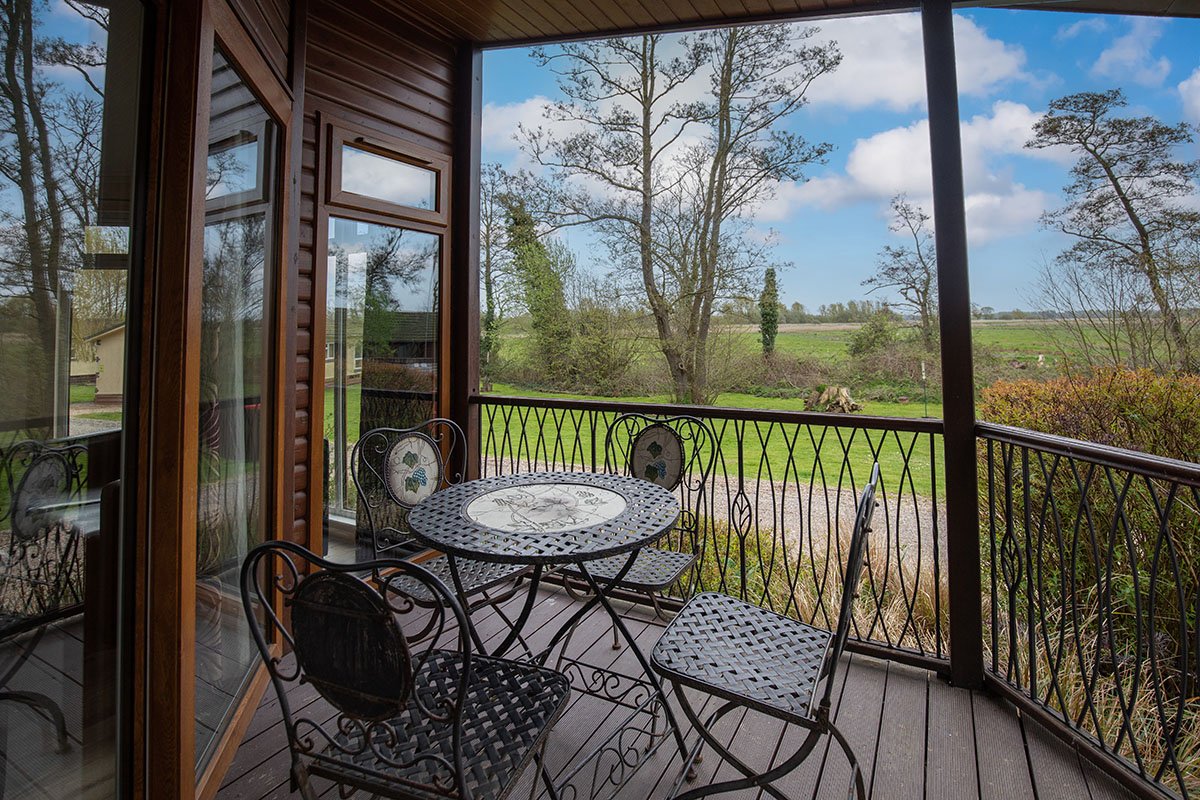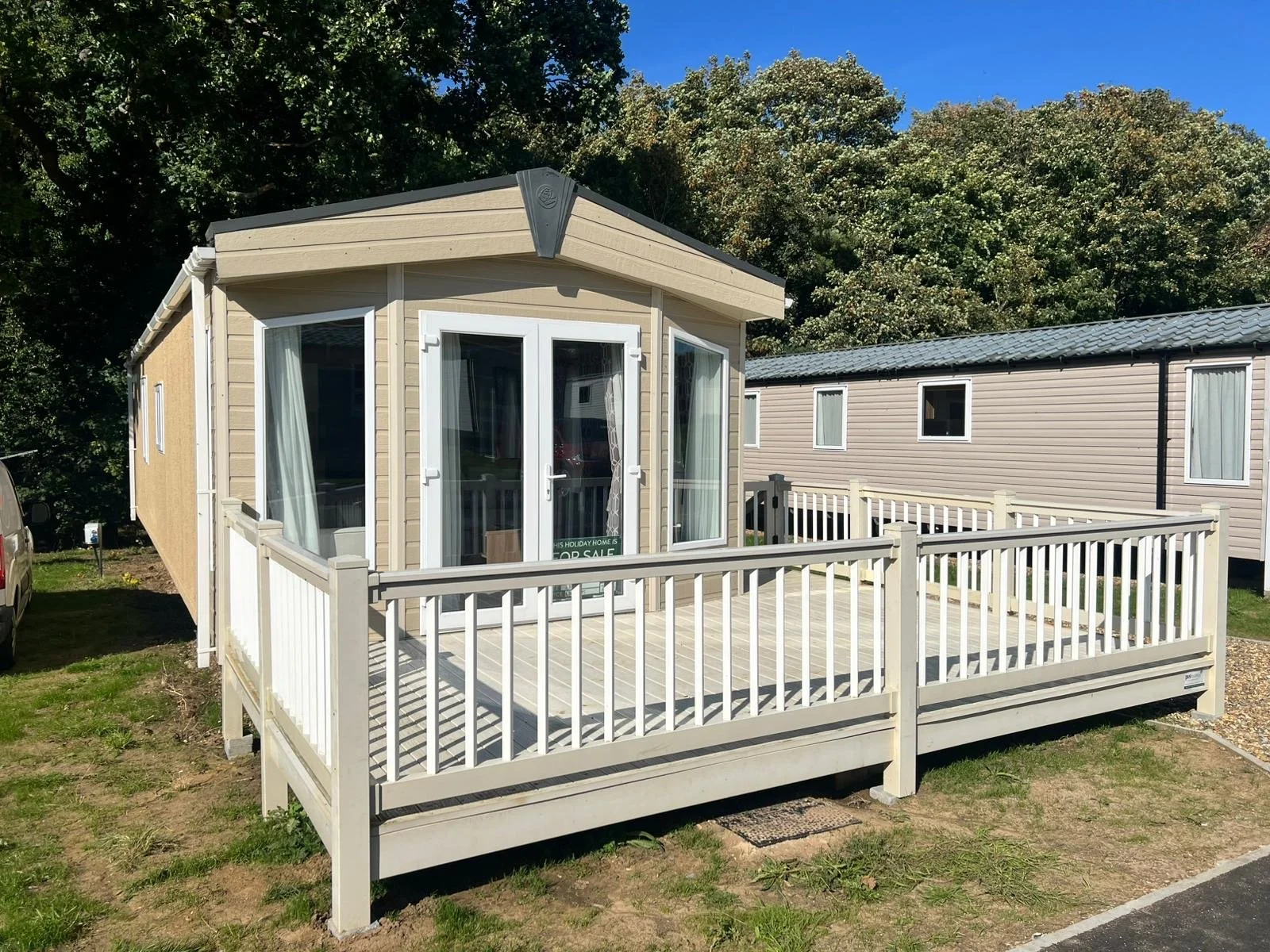Ruins of Burgh Castle
Norfolk’s long history
The county of Norfolk has a very long history, stretching way back to Paleolithic times with human footprints from 850,000 years ago found in Happisburgh.
Many sites and buildings, including castles, churches, priories and mines across Norfolk are well worth a visit. Here are some of the most interesting English Heritage places to visit when you’re in the Norfolk area, like at your holiday lodge at Waveney River Centre or caravan by the golf course at Caldecott Hall Country Park.
What is English Heritage?
English Heritage is a charitable organization founded in 1983 that manages over 400 historic sites across England, from prehistoric and neolithic periods to medieval and Roman times, and beyond. English Heritage aims to "bring the story of England to life for over 10 million people each year."
6 English Heritage sites to visit in Norfolk
1. Burgh Castle, Great Yarmouth
Travel 12 miles from Waveney River Centre and just 5 miles from Caldecott Hall Country Park, and you can see Burgh Castle that overlooks the rivers Yare and Waveney. This strategic position meant the Romans could see attackers in all directions. Dating to 3-4 AD, Burgh Castle is one of a chain of forts that defended the east coast, and one of the largest Roman ruins in Britain.
2. Creake Abbey
Creake Abbey was ravaged by fire and plague around the 16th century and left to slowly ruin. What still remains of Creake Abbey can easily help you see what an impressive place it used to be. While visiting the site, you can also visit the neighbouring farm centre, which has a café and a farmer’s market.
Castle Acre © Copyright Philip Halling and licensed for reuse under this Creative Commons Licence
3. Castle Acre priory and castle
This lovely rural village has two relics from the Norman time, the castle and priory. The Norman castle is in ruins but is a fine example of the motte and bailey castle from the period, while offering stunning views of the surrounding countryside. The Castle Acre priory is also in ruins, but what still stands shows the creative architecture of the period.
4. Grime’s Graves, Thetford
The only Neolithic flint mine that is open to visitors in Britain, Grime’s Graves comprises of 400 pits dating to the Anglo-Saxons. In 1870 they were discovered to be flint mines dug over 5,000 years ago. When visiting you can discover the history of the site and descend into one of the mines to see the jet black flint.
Cow Tower by Ashley Dace | CC BY-SA 2.0, via Wikimedia Commons
5. Cow Tower, Norwich
If you take a riverside walk in Norwich, you will see a medieval lookout called Cow Tower. Built at the end of the 12th century, it is located in a strategic bend along the River Wensum, and was once a vital part of the city defences against invading hordes.
6. Binham Priory
The North Norfolk village of Binham is home to a Benedictine monastery, one of the first religious buildings established in Norfolk after the Norman conquest. Much of the place is still in ruins, thoughWhat is there is a section still used as a local parish church.





















